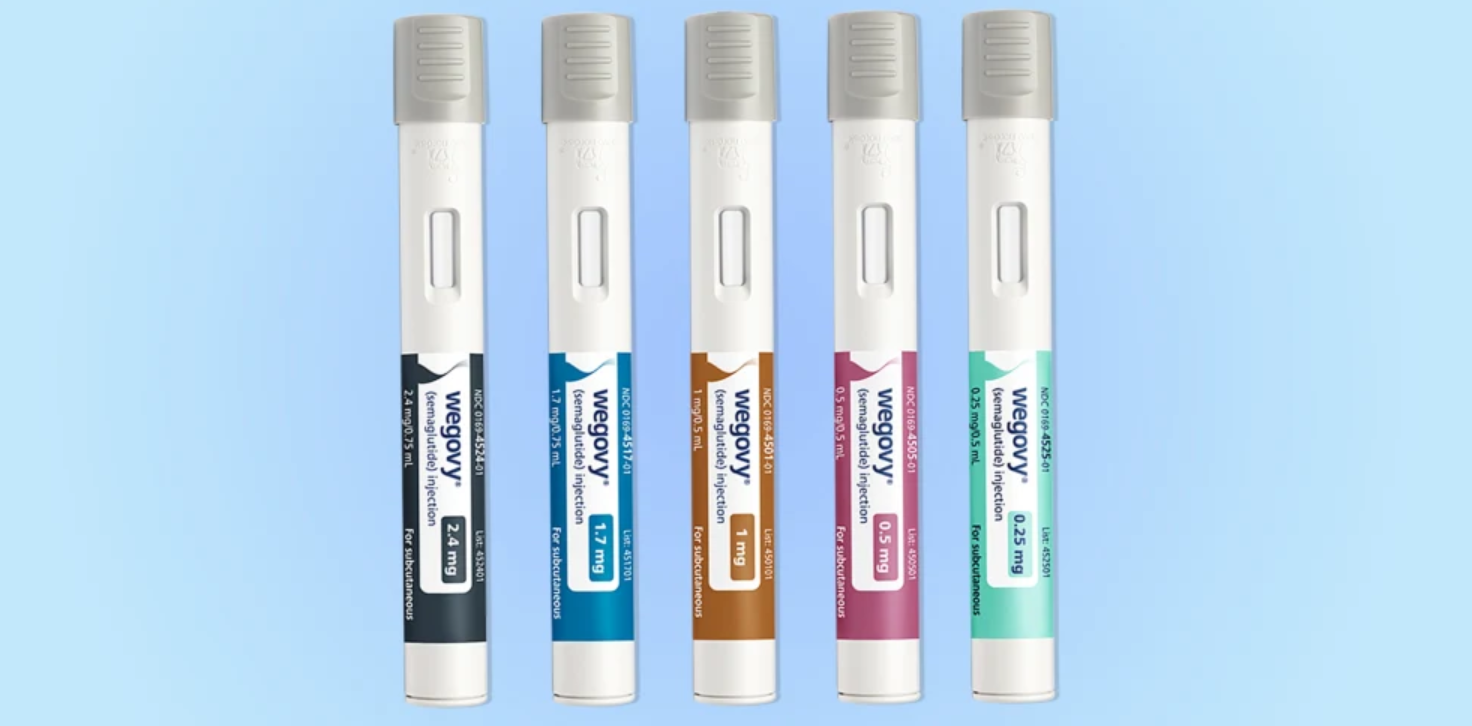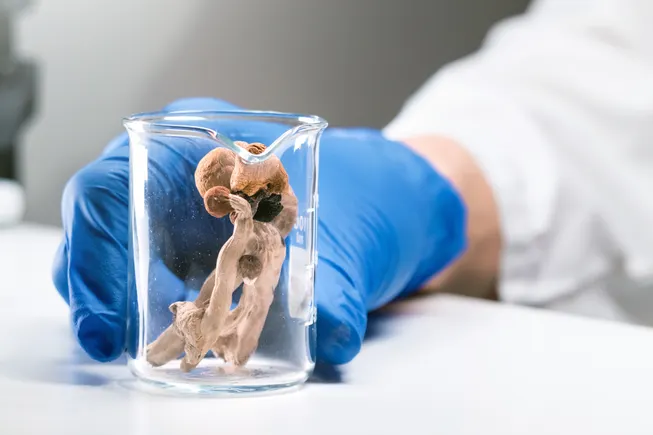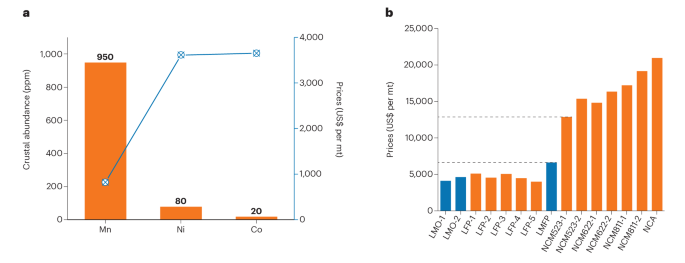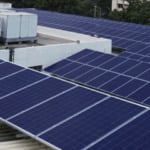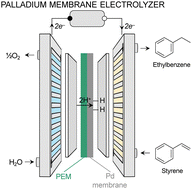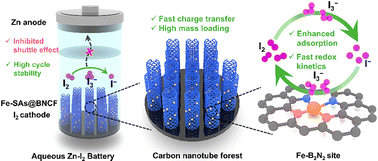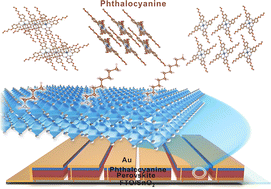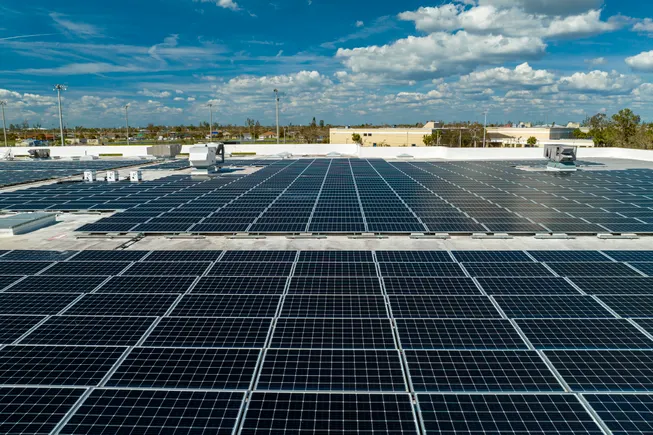Organic Molecule Vapor‐Assisted Passivation for Efficient and Stable Perovskite Solar Cells
Advanced Energy Materials, Volume 15, Issue 21, June 3, 2025.

TAM(2-Thiophenacetamide) demonstrates the ability to passivate perovskite thin films through sublimation deposition. It is demonstrated that the effect of thiophene and carbonyl group efficiently passivate the uncoordinated Pb2+, while the amino group aids in stabilizing perovskite structures by forming hydrogen bonds with iodide ions. TAM vapor treatment device demonstrates efficiency of 25.33% (0.09 cm2) and 22.17% (14 cm2).
Abstract
Effective suppression of non-radiative recombination caused by surface defects in perovskite is crucial for achieving high-efficiency perovskite solar cells (PSCs). However, conventional passivators such as organic amine salts are prone to deprotonation to amines and rapid reaction with formamidine, leading to device degradation. Meanwhile, the solvent processing of the organic amine salts can also decompose the surface of the perovskite layer due to the dissolution of the organic amine salts. In this work, an organic small molecule, 2-Thiophenacetamide (TAM), features multiple active sites is presented. TAM demonstrates the ability to passivate perovskite thin films through sublimation deposition. It is demonstrated that this solvent-free method and the effect of thiophene and the carbonyl group efficiently passivate the uncoordinated Pb2+, while the amino group aids in stabilizing perovskite structures by forming hydrogen bonds with iodide ions. As a result, the TAM vapor treatment device demonstrates an enhanced efficiency of 25.33%, and the operational stability is maintained at 95% of the original efficiency after continuous operation for over 1000 h. Additionally, perovskite submodules with an active area of 14 cm2 are successfully assembled with a efficiency of up to 22.17%.




























































